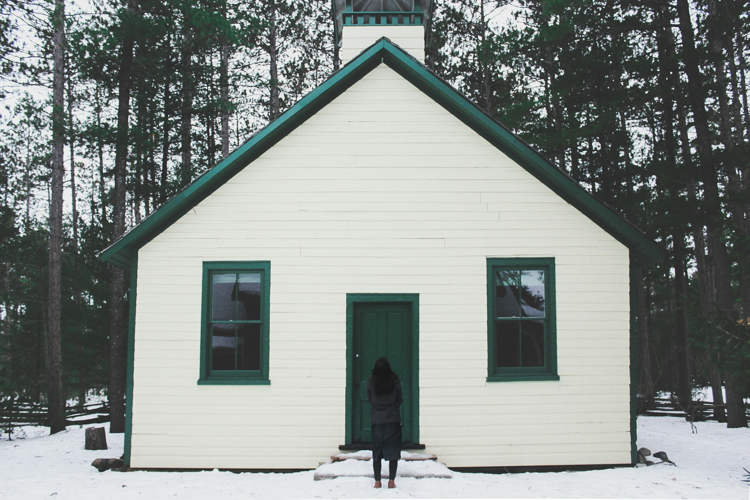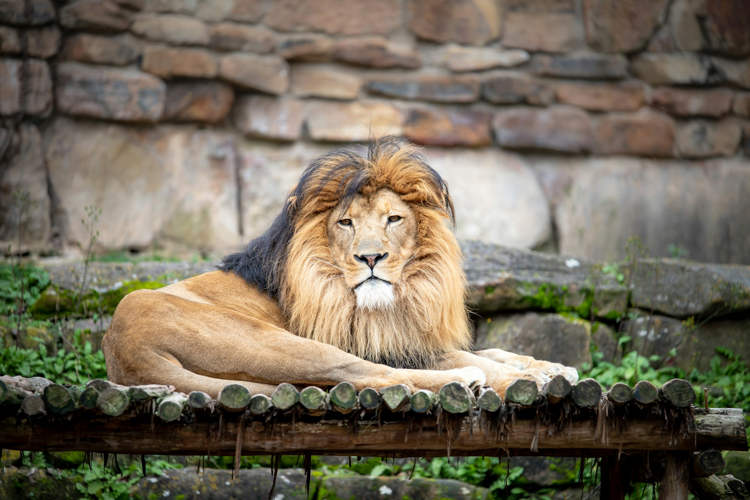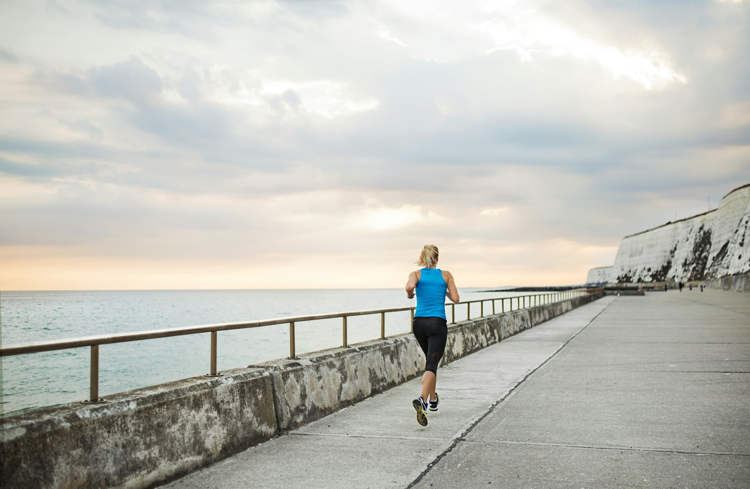It sometimes amazes me how humans are able to find a source of livelihood in almost any type of environment, in accordance with their surroundings. Case-in-point, the coin divers of the Yamuna River, in Delhi, India’s capital city. This unique group of men works around the year, braving the bone-chilling cold waters even during winters, to dive into the river and retrieve coins from the bottom. The same coins that are thrown into the waters by passengers of boats crossing the river, as an offering to the River Goddess. Wondering what such an offbeat job pays? Well, sometimes as little as 100-200 rupees (US $ 2 to 3) a day, and sometimes as much as a diamond ring.
22-year-old Sartaj Ahmed has been in the profession of coin-diving for the past 6 years. The brave young man says he started diving when he was just a boy, but it was only when he turned 18 that he began hunting for coins. “Some days I get 100-200 rupees but on lucky days, I can find small trinkets. I have even found a gold ring once.” 34-year-old Sajad Ahmed has been at it for 20 long years. He says it gets harder and harder each other, but they really do not have any other choice. 21-year-old Amit Kumar, who’s been doing this for 10 years, says, “We dive into the river and collect coins, brass, copper, sometimes even silver and gold.” Diving for coins is the only source of his daily income. “What can be done, I have to do something for my living. We live here so we keep diving here.” Vicky, another young diver, says, “I dive and normally take home money for my daily expenses.” Raju says that he prefers coin diving because he doesn’t like working for a boss.




















